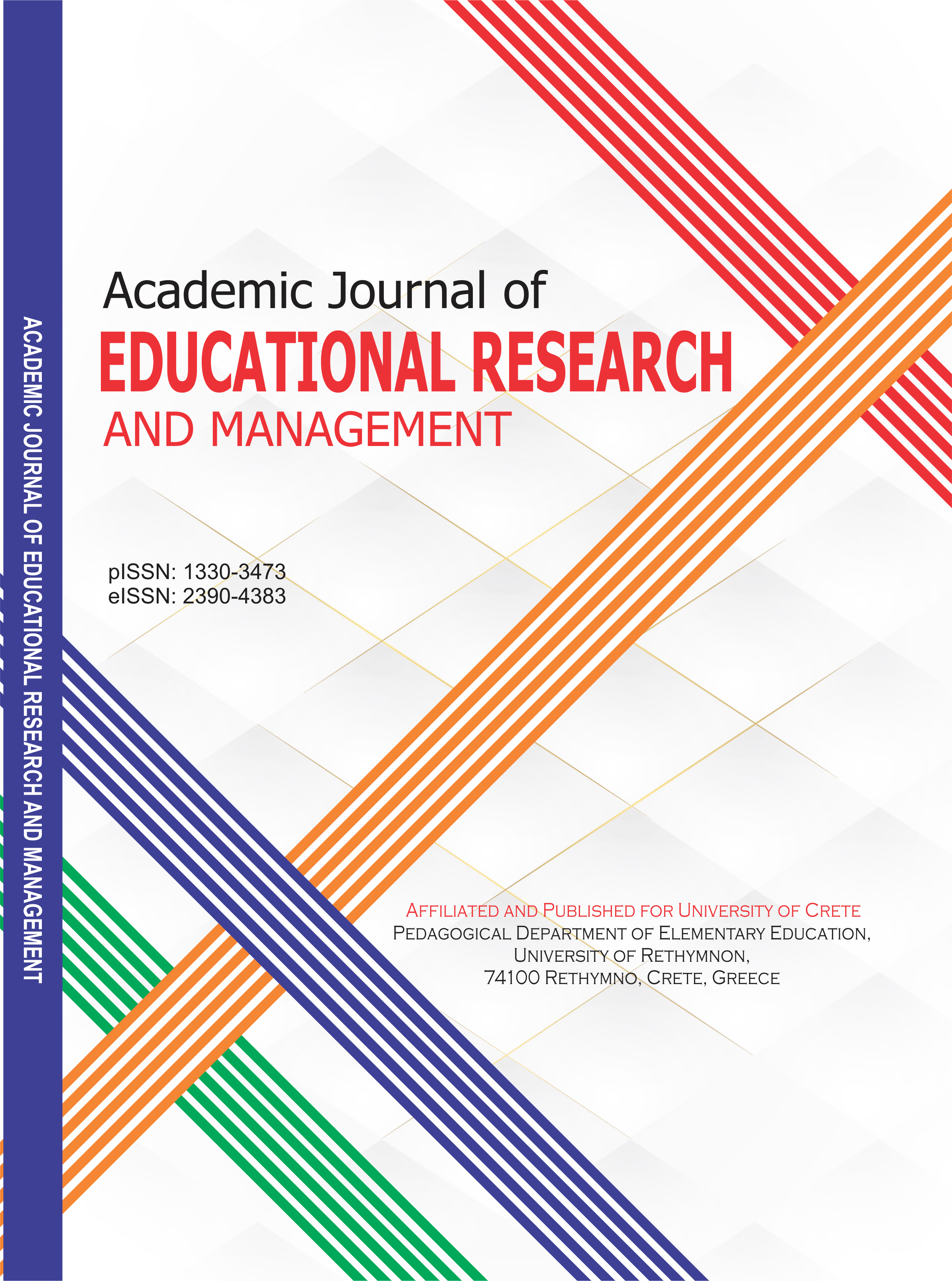ACADEMIC JOURNAL OF EDUCATIONAL RESEARCH AND MANAGEMENT (AJERM)
Comparative Analysis of Savings among Small-Scale Versus Large-Scale Farmers
E-ISSN: 2390-4383
P-ISSN: 1330-3473
DOI: https://iigdpublishers.com/article/917
The economic sustainability of the agricultural sector is pivotal for global food security and economic stability. Within this sector, the financial disparities between small-scale and large-scale farmers, especially concerning their ability to save, warrant thorough investigation. This paper conducts a comparative analysis to explore these disparities, focusing on income sources, operational challenges, and strategic responses affecting savings potential. By integrating quantitative data from financial reports, surveys, and case studies, this analysis aims to illuminate the significant variance in savings behaviors and capacities between small-scale and large-scale farmers. Through a comprehensive examination of these factors, the study seeks to understand the mechanisms that underlie the observed differences in financial outcomes and to propose interventions that could mitigate these disparities.
D. Suyasa & K Jauharoh
Abraham TJ, Sil SK, Vineetha P. (2010). A comparative study of the aquaculture practices adopted by fish farmers in Andhra Pradesh and West Bengal. Indian Journal of Fisheries. Jul 1;57(3):41-8.
Gouse M, Kirsten JF, Jenkins L. (2003). Bt cotton in South Africa: Adoption and the impact on farm incomes amongst small-scale and large scale farmers. Agrekon. Mar 1;42(1):15-29.
Herrmann RT. (2017). Large-scale agricultural investments and smallholder welfare: A comparison of wage labor and outgrower channels in Tanzania. World Development. Feb 1;90:294-310.
Hu Y, Sun J, Zheng J. (2021). Comparative analysis of carbon footprint between conventional smallholder operation and innovative largescale farming of urban agriculture in Beijing, China. PeerJ. Jun 29;9:e11632.
Klavon KH, Lansing SA, Mulbry W, Moss AR, Felton G. (2013). Economic analysis of smallscale agricultural digesters in the United States. biomass and bioenergy. Jul 1;54:36- 45.
